by Ana María Restrepo
However, like other types of security, biometrics is migrating to other fields, positioning itself as a form of protection and support for different institutions such as Parliaments, Congresses, Assemblies, among other government entities.
Around the world, many countries have implemented video surveillance systems, contactless and contactless card access controls, fire and intruder alarms, and electronic voting systems using biometrics. In Latin America, most nations have these security solutions and electronic voting, which is one of the newest systems in some states in the region.
Electronic voting in Latin America
In Argentina, Brazil and Mexico, all legislatures, Chambers of Deputies and Congresses have biometric voting and fingerprint access control.
The Bicameral power of the Province of Córdoba, Argentina, has a voting system and quorum called The Digital Enclosure, in which the equipment communicates by TCP / IP with the system server, this system combines the biometric sensor and the voting buttons by yes and no, as well as the request to speak. In addition, this solution records all the events that occurred during a session, and can be audited, and each vote or roll call generates a record according to the internal regulations of the legislative body, which is used as a reliable means of what happened in the session.
In Ecuador, each assemblyman has a kit in his seat through which he can vote by placing his fingerprint or using his card, in this way each member of the Assembly expresses his opinion and chooses by a yes or a no, and these data are recorded in a central brain and automatically exposed on screens.
Similarly, in the Chamber of Deputies of Mexico City there is biometric voting and in the Congress of Nuevo León (Mexico), the electronic voting system was installed through the fingerprint for the 42 deputies, which allows to verify that the deputies are in their respective seats
This solution was also adopted in the Dominican Republic legislature, as well as in the Constituent Assembly in Montecristi (Dominican Republic). Also in the Uruguayan Parliament, as well as in the legislative chambers, electronic voting was installed, which allows the number of votes to be obtained accurately.
For its part, in the Congress of the Republic of Colombia, in the House of Representatives and in the Senate, a real-time biometric voting system (legislative administration network) was enabled. In the House the system has been in the Elliptical Hall since December 1992, but in the Senate precinct it has been since 2002.
It should be noted that the Colombian Congress, the highest legislative body in this country, is made up of an upper house, called the Senate, made up of 102 representatives, and a lower house or House of Representatives, which has 166 members.
Government ID
This biometric solution was implemented as the ideal tool to identify each congressman and record their attendance, as well as to verify the decisions made on a bill authorizing the roll-call vote, which must be public, explains Gelman Javier González, Manager of Seinco Ingeniería LTDA, a Colombian company that carried out the installation.{mospagebreak}
In Colombia there have been changes in the legislation regarding security, which motivated the implementation of biometrics in Congress, since the voting options were modified, since the fifth law that regulates the actions of congressmen and congress in general, tacitly prohibits blank voting and abstention.
Today, congressional voting systems are located in the Precincts of the Senate and House of Representatives.
In the Senate of the Republic there are 105 biometric readers of hand geometry brand Recognition Systems, Handkey ID3D model, a network of three computers that make up the Legislative Administration Network system (PC control, deployment, and general secretary), four screens with projectors and translucents for the presentation of the results of voting or registration of Quorúm and a administration program.
In the House of Representatives there are 166 biometric readers of handheld geometry, of the same brand and model as those of the Senate, PC-136 multiplexer, International Roll Call brand, two International Roll Call brand voting boards, two Project Visualization Boards and a PC for system administration.
Biometric voting solutions are at the same time security systems that allow the identification of the members of the legislature since, as González affirms, the essential objective of security is precisely that whoever uses the system is authorized for this purpose, so that some type of impersonation that is presented can be canceled out of the way. "The fact of being able to vote for a congressman not only puts at risk the approval of a bill due to the absence of his member, but also leaves his seat in danger, since he exposes himself to loss of his investiture as a congressman," he says.
State-of-the-art technology for the government
Many of the security systems that are on the market are implemented by governments, whether local and national, to provide security to citizens as is the case with urban surveillance systems, or to government institutions, especially those where greater protection is required, such as the Courts, Congresses, Presidencies, Chambers of Deputies, among others.
These solutions, many of which are state-of-the-art, have been put in spaces where new technologies are not really the most used, so modifications must be made to make them work as they should be.
In the case of the biometric voting system of the Congress of the Colombian Republic, the integrating firm had to solve some technical problems that arose in its installation, especially due to the number of networks that had to be conditioned.
Gelman explains that the first stumble arose from the number of points on a 422 network, since technically 32 devices can be connected in this type of network, in this way it was necessary to condition a computer with four RS-422/485 serial ports at once, and create four independent networks for data collection.
The need also arose to put four screens to present the record and information of approximately 25 senators, for which a computer with four video cards and the establishment of a 4000 X 600 desktop was used.
Last year, the use of handheld geometry readers was expanded by five additional seats in the House of Representatives, with all-new equipment but fitted out to integrate into the old System of International Roll Call multiplexers.
Operation and results
The solution implemented in the Colombian Senate consists of a fully digital identification and voting system. Each of the members of the institution has registered his hand (template), with a PIN that corresponds to the last three digits of his identity document (Citizenship Card), which remain in the database of each of the biometric readers (105 units), and that are distributed through RS-422 networks. {mospagebreak}
"This means that all the equipment is monitored in real time and if for some reason they go out of line and a vote is carried out, the senator can use his partner's equipment and vote from there," says the General Manager of Seinco Ingeniería LTDA.
He also explains that in this system the identification and voting device is the same (the biometric reader), and the corresponding data is received by a computer whose operating system is Windows 2000 server, and there, they are delivered to another computer that manages the four screens where the number of members of the Senate have been properly divided so that they are displayed in a clear way throughout the enclosure. "The results of the votes are immediate in real time and can be observed by the public," he says.
Meanwhile, in the Elliptical Hall there is a system between digital and analog where the identification of the congressman is done with the biometric readers, but the vote is done by means of a manual keyboard that is activated by the biometric reader, after identifying and verifying the user.
As this is a point-to-point system, there is no elaborate network among biometrics; the voting device and the information collector is the International Roll Call multiplexer. In this case the computer only handles the multiplexer and directs the voting boards through the same multiplexer, which despite being very fast needs a manual process to update the databases.
In this system the results are also counted in real time, the limit in keeping the vote open is handled for the consideration of the board of directors on duty.
As for the results, González comments that the members of Congress are satisfied with the technology and as such with the systems, since the stability of these has already been tested at various times, even with respect to the sabotage that the congressmen themselves have wanted to do on occasion; "each parliamentarian is a judge of his own vote, and in a vote you have an average of 10 minutes where the process is open and everyone can change their decision at any time, that is, if the vote was registered badly, it is the fault of the user himself who did not verify his decision in time. The voting procedure once closed is no longer manipulable by the user, creating a historical record that cannot be altered."
Unlike other security systems, this one is not installed to catch criminals or to reduce the rate of violence in cities, but to improve government processes, since these are the only systems implemented in Colombia with this configuration. Through this biometric voting and identification system, decisions are made as important as those to modify the country's Political Constitution, in addition to bills such as presidential re-election and Justice and Peace.
Overview
Integrating firm: Seinco Ingenieria LTDA and CONWARE (House of Representatives)
Manufacturers involved: Recognition systems and International Roll Call
Contacts: Gelman Javier González, manager Seinco Ingeniería LTDA, Hector Amavizca, sales manager Latin America Recognition Systems, Terry Wagner, technical engineer International Roll Call, Pablo Alzate, head of systems Senate of the Republic.
Email: [email protected]
Company covered with the installation: Congress of the Republic of Colombia
Dates of installation: Senate of the Republic: November 2002
House of Representatives: December 1992




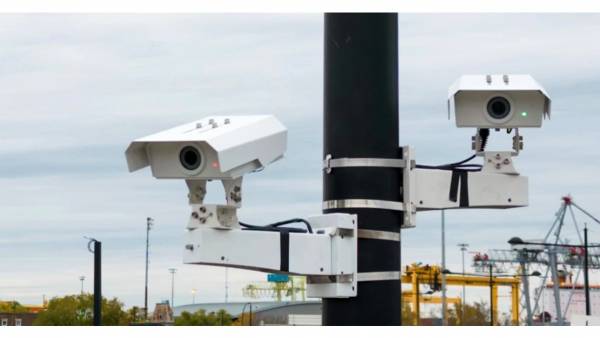
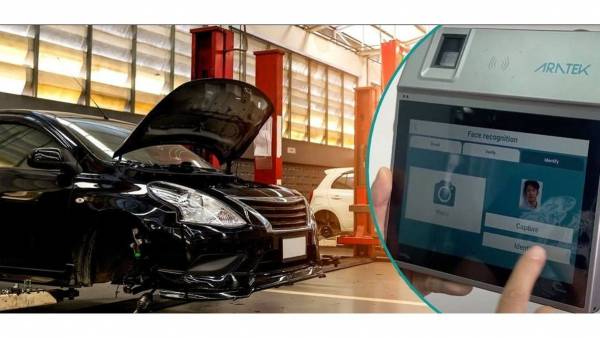
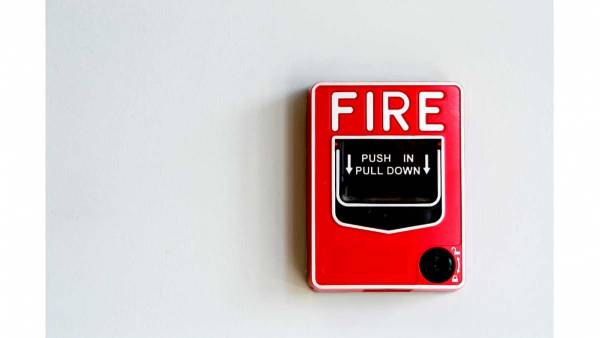

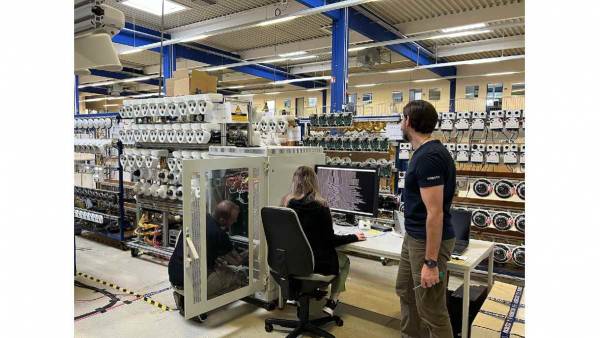
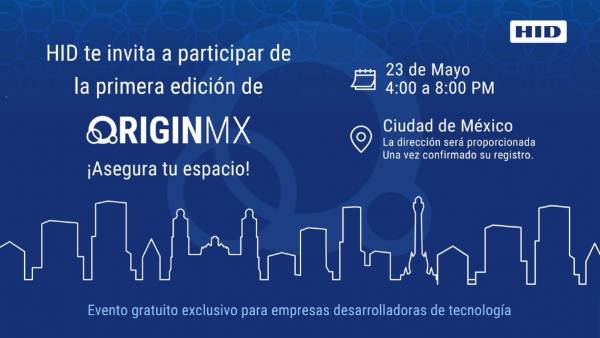














Leave your comment